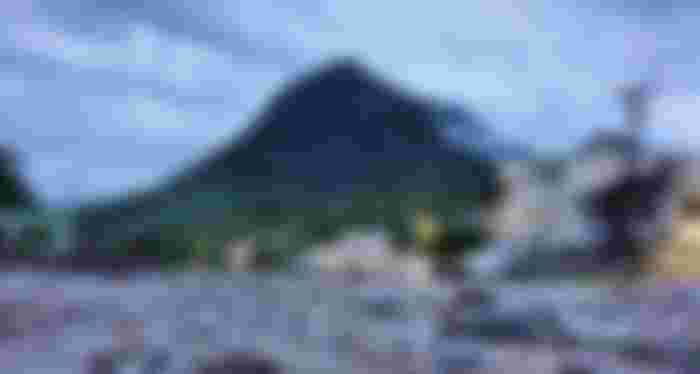
The 2,500-year-old ruins found on Cerro de Peña include carved stones depicting animals and a woman that resembles a bat.
The southwestern village of Santa Cruz Huehuepiaxtla in Mexico is fairly quaint and remote. At 6,000 feet high, the Cerro de Peña mountain has arguably been its most fascinating landmark. That is, until locals discovered ancient Zapotec ruins and carvings dating back 2,500 years on its summit.
According to the BBC, the find consisted of two pre-Hispanic stone monuments carved into the mountain. Located at a strategic point on the Puebla state mountain’s peak, archaeologists had to traverse a steep, two-and-a-half-hour hike to get there.
Built by the Zapotecs, who lived in the southern highlands of Mexico before Spain’s conquest of the region, the site once hosted a ceremonial area, games court, and seven-step pyramids. According to Ancient Origins, the carvings suggest this site was dedicated to the god of the underworld.
Believed by experts to have been hidden since the sixth century, the promising find could shed new light on the history and culture of Mesoamerica before the disastrous arrival of the Conquistadors.
